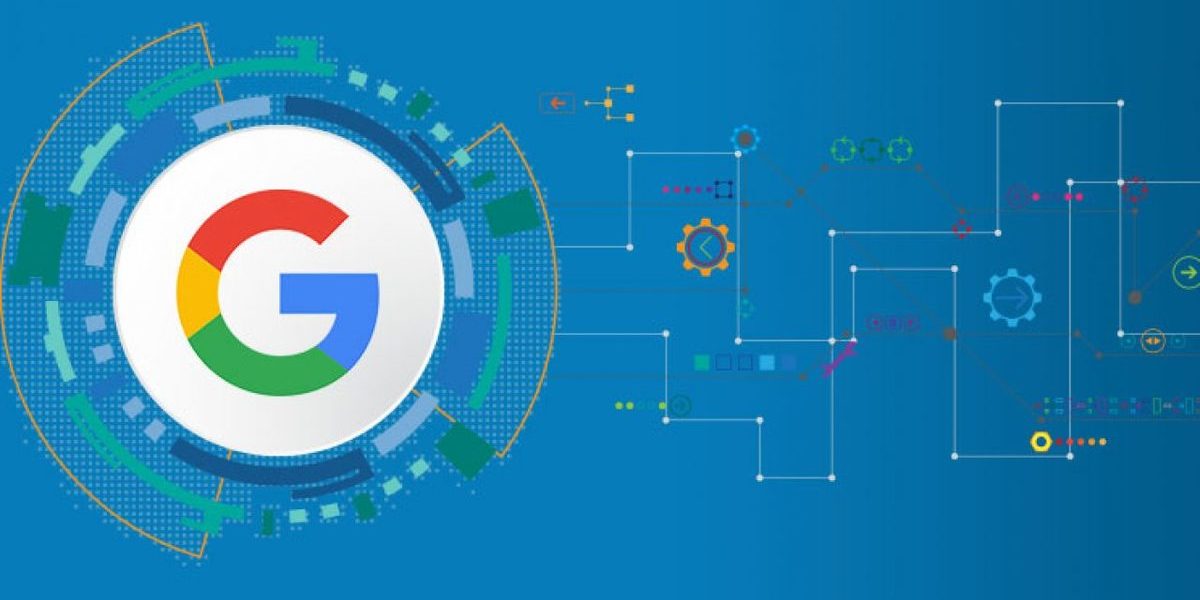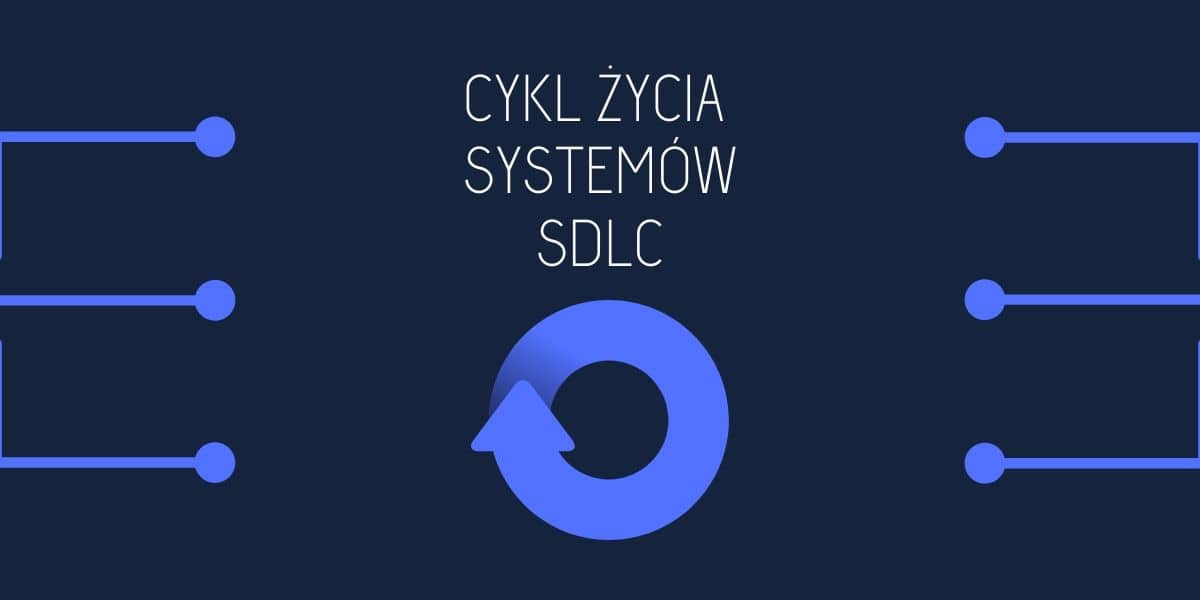
Google Update – May 2020. Summary of updates in times of pandemic
5 June 2020
How to optimize Google My Business
19 June 2020
The system life cycle allows users to transform a newly developed project into an operational project. The System Development Life Cycle (SDLC) is a multi-stage, iterative process, structured in a methodical mean. This process is used to model or provide a framework for technical and non-technical activities to deliver a quality system which meets or exceeds a company’s expectations or manages decision-making progress.
Comparable to the Project Life Cycle, SDLC uses a system attitude to describe the process. It is often used when developing an IT project or similar. In fact, in many cases, the SDLC is considered a staged project model which defines the organizational, personnel, political and budget constraints for a large-scale system project. The cycle has a beginning and an end, and the methods appropriate to the system development lifecycle strategy provide clear, distinct, and defined work phases in the planning, design, testing, implementation, and maintenance of information systems.
The SDLC highlights the different steps in the development process. It is being used a lifecycle approach that users can see and understand what activities are involved at a given stage. It is also used to inform them that at any time it is possible to repeat steps or rewrite a previous step when the system needs to be modified or improved.
History and the beginning of the system life cycle
Entirely defined in 1971, the term came in the 1960s, when computers filled entire rooms and there was an diligent need to define processes and equipment focused on building a large business systems. In those days, teams were small, centralized, and users were less demanding. This kind of scenario meant that there was no real need to touch up the methodology to steer the system development lifecycle. However, technology has evolved, systems have become more and more complex, and users have become accustomed to well-functioning technology. Models and frameworks have been developed to guide companies through an organized system development cycle. Today, the traditional approach to the development of technology systems has been adapted to the constantly changing, complex needs of each unique organization and its users.
SDLC phases
Traditionally, the system development life cycle consisted of five stages, but for some time now this cycle has grown to seven stages. Increasing the number of steps has helped system analysts define clearer actions to achieve specific goals. Here are all the phases:
1. Planning
This is the first step in the system development process. Determines whether a new system is needed to achieve the company’s strategic goals. This is the initial plan of the company’s business initiative to acquire resources to build infrastructure to modify or improve the service. A company may try to meet or exceed expectations of its employees or customers. The purpose of this step is to determine the scope of the problem and identify solutions. At this stage, you need to consider resources, costs, time, benefits, and more.
2. Systems analysis and requirements
The second step is for companies will be working on the root of the problem or need for change. In the event of a problem, possible solutions are submitted and analyzed to determine the best fit for the ultimate project goals. This is where teams consider the functional requirements of a project or solution. This is where the system analysis or needs analysis takes place to make sure that the new system can meet your requirements. Systems analysis is critical to determining the company’s needs as well as how they can be met, who will be responsible for each element of the project, and what type of schedule should be expecting.
3. Systems design
The third phase includes the necessary specifications, functions and operations which will keep the functional requirements of the proposed system to implementation. This is a step for end users to discuss and identify their specific business information needs for the proposed system. During this phase, hardware or software, networking capabilities, processing and procedures are taken into account in order for the system to achieve its goals.
4. Development
The fourth phase is when the real work begins, when the developers are involved to do the main work on the project. This work depends on the use of a flowchart to ensure proper organization of the system process. The development phase marks the end of the initial part of the process. In addition, this phase marks the start of production.
5. Integration and testing
The fifth phase includes system integration and its tests, which are usually carried out by an appropriate specialist (Quality Assurance). This is to determine if the proposed project complies with the initial set of business goals. The tests can be repeated, especially to check for errors. Tests will be performed until the end user finds the version acceptable. The next part of this step is verification and validation to help provide the successful completion of the program.
6. Implementation
The sixth phase occurs when the most of the program code is written. Besides, this phase includes the actual installation of the newly developed system. This step brings the design to production by taking data and components from the old system and placing them in the new system using direct switching. Both system analysts and end users should now see the project which has made the changes.
7. Operations and maintenance
The seventh and final stage includes maintenance and regular required updates. At this phase, end users can, if they wish, tune the system to increase performance, add new capabilities or meet additional user requirements.
After each phase of the system development cycle, it should establish a waypoint or milestones in the process. Baseline can include start date, end date, duration, and budget data. This baseline helps the project manager monitor performance.
Advantages of a well-defined system development life cycle
Implementing the system development life cycle has many benefits, including the ability to pre-plan and analyze structured stages and goals. SDLC’s goal-oriented processes are not limited to one universal methodology and can be adapted to changing needs. A well-defined system life cycle should:
- Give a clear picture of the entire project, a specific schedule and precise closure goals for each phase.
- Base your personnel costs and decisions on specific information and needs.
- Provide verification of goals and results that involves design and development standards at every stage of the project.
- Provide a measure of control for developers with an approach which usually begins with a cost and timing analysis.
- Improve the quality of the final system through verification at every stage.
Advantages of a well-defined system development life cycle
Some of the disadvantages of SDLC include:
- Many methods are considered inflexible and some suffer from outdated processes.
- Difficulty responding to changing circumstances through the life cycle.
- End-of-life testing is not beneficial for all development teams. Many prefer to test through the all process.
- The documentation associated with a structured SDLC approach can be overwhelming.
What is the software life cycle?
The software lifecycle is compatible with international, which outlines steps similar to the traditional systems lifecycle, including software acquisition, new software development, operation, maintenance and removal of software products. It focuses on the need to increase the functionality of security and data protection.
The software development cycle is a process which allows you to obtain software of the highest quality and lowest cost in the shortest possible time. It provides a well-structured phase flow which helps the organization rapidly produce high-quality software that is well-tested and ready for production use.
Popular models include models as:
- The waterfall method is a continuous sequence of actions which flows downward, just like the name. This traditional engineering process, that closes each phase when finished, is often criticized for being too rigid.
- The V-shaped model is an adaptation of the Waterfall where testing is an integral part of closing each phase.
- The prototype method approves a plan to build multiple software methods which allow different elements to be tried before they are fully developed.
- Rapid Application Development (RAD) is a hybrid of the prototype method but works so as not to emphasize initial planning for rapid prototyping and testing of potential solutions.
- The spiral method provides more process steps which are graphically represented in a spiral formation and is generally credited with providing greater flexibility and process customization.
- Agile methods are software-based systems which provide feedback through an iterative process and include Kanban or Scrum.
How the software life cycle works?
It works by reducing software development costs while improving quality and reducing production time. The software lifecycle achieves these seemingly divergent goals by following a plan which removes the common traps of development projects. This plan starts with an assessment of existing systems for deficiencies.
Then it determines the requirements of the new system. Then it creates the software through the stages of analysis, planning, design, development, testing and implementation. By predicting costly mistakes, such as not asking the end user or customer for feedback, they can eliminate unnecessary rework.
It is also important to know that you should focus heavily on the testing phase. The software life cycle is a repeatable methodology, you need to ensure the quality of the code in each cycle. Many organizations typically spend little effort on testing, and a greater emphasis on testing can save a lot of work, time, and money. Be smart and write the right types of tests.
The meaning of the system development life cycle
Growing interest in system security at all levels of the lifecycle, which includes elements of confidentiality, information availability, information integrity, overall system protection and risk mitigation. Anyway, governance and regulations have made their way into technology, and stringent data integrity requirements impact the technology systems development team.
Each company will have its own defined best practices for different stages of development. For example, testing may cover a specific number of end users and use case scenarios to be successful, and maintenance may include quarterly mandatory system updates.
If a company decides that change is needed during any phase of the system’s lifecycle, the business may have to go through all of the above lifecycle phases again. The lifecycle approach of each project is a time consuming process. While some steps are more difficult than others, you cannot skip them. This may prevent the entire system from functioning according to plan.


